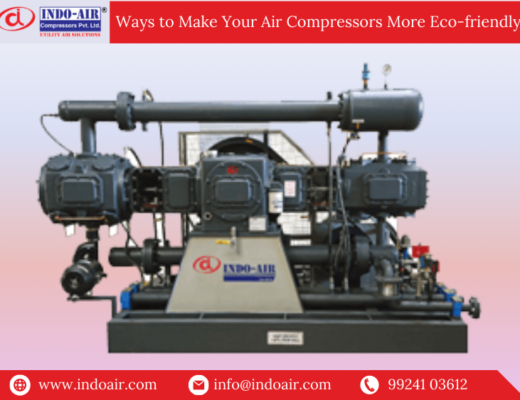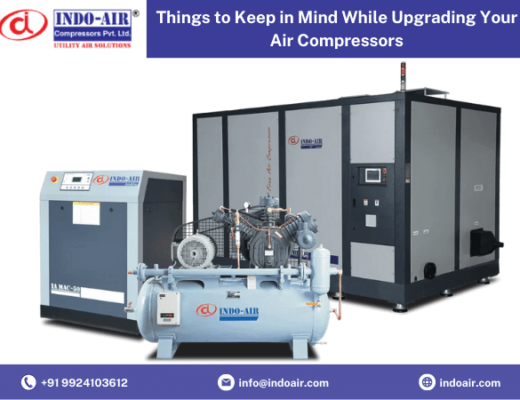A rotary screw air compressor less commonly known as a “twin-screw compressor” compresses air using a pair of helical screws that are intertwined. RThe air is constantly squeezed as the screws revolve. rotary screw air compressors are commonly employed in applications requiring continuous operation. For large industrial applications, this is the most often utilised as well as the successful air compression method. They are extremely efficient and reliable which is why they are used across different industries with varied applications.
Just like any other machine, screw air compressors also go through some common problems which can temporarily hamper the work on the floor. Finding and eliminating them as soon as possible can restore operations quickly. In this article, we will discuss some common problems, their judgement and elimination
- Oil leakage problem: Start by looking for any obvious indications of an oil leak in the compressor. Look for any oil drips or spots on the compressor body, oil filter, hoses, and fittings. Monitor the amount of oil that the compressor is using. A leak may be indicated if you observe an abrupt increase in oil consumption or irregularities in it. It can be caused by Faulty Gaskets or Seals, Loose Connections, Damaged Oil Cooler and Overfilled Oil Level.
By Tightening Connections, Replacing Gasket and Seal, Cleaning or Replacing Oil Cooler, Checking Oil Level and doing regular maintenance, oil leakage problems can be eliminated.
- Excessive oil content in the exhaust: When the unit is operating, an excessively high oil level will cause the liquid level in the oil and gas barrel to vary. A significant amount of oil will enter with the gas, increasing the oil treatment’s order of magnitude and producing oil in the exhaust. Either the oil subdivision is damaged or hasn’t been refilled in a long time. Glass fibre winding structures are filled with finely divided oil, and the purpose of the glass fibres is to collect tiny droplets of oil. Long-term neglect of the oil will cause it to become saturated, which will lessen the effect of oil separation.
- Oil return from the air filter port: The unit shuts down under pressure, ejecting high-pressure gas and oil from the intake valve before it has a chance to close, primarily as a result of an anomalous shutdown. The air filter will also return oil because of the counterbalance of the intake valve or the one-way valve’s sealing surface being unclean, damaged, or jammed. There’s a lot of oil in the exhaust. There may be oil in the air filter of some models that is discharged to it through the dump valve due to oil in the air. It is frequently accompanied at this time by oil in the exhaust.
- Insufficient displacement: When the relief valve shouldn’t be released, it does. Verify that every bleed valve is free to release air and is not jammed. There is less air intake when the air filter becomes clogged. In order to make sure that debris does not reach the machine head, the unit without a safety filter element should pay attention. Remove the air filter element and run a brief test to determine if the pressure has increased. The pace slows down. (broken shaft, slippage and loss of rotation in the belt, low frequency inverter, missing throttle on the diesel engine). Adjustment of capacity in advance.
According to screw compressor manufacturers, treatment is closing the ball valve to verify that the rated pressure can be attained and inspecting the air compressor component to prevent issues with that component constituting the treatment procedure.




